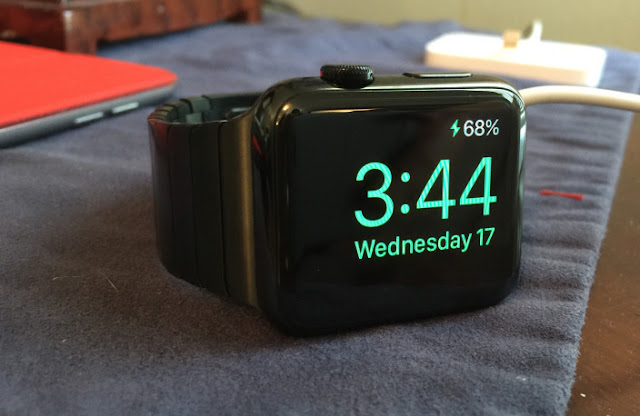Wait. Anticipation. Rumour. Leak. Excitement. Surprise. Innovation. Beauty. All these above mentioned words are being used to describe Apple’s World Wide Developer’s Conference (WWDC) for so many years now. Recently concluded WWDC 15 was the biggest software release event of this year where Apple was expected to portray the future of their software and announced some big moves. Apple has been a constant trademark for simplicity, beauty and world class quality product, since Steve Jobs decided to put a big step forward by transforming his little hardware business into something, which now we call ‘Apple’. WWDC has been always a great event to people concerned about technology, software. Each of their conference unveiled with new devices or new Apple services, which have always amused people with simplicity and efficiency.
Things we were expecting
As Apple has made their future intentions clear at WWDC 14 last year, we certainly knew the prime things, which will be unveiled at WWDC15. Last year we saw the release of iOS8, Yosemite and OS X and also new iPhones. Apple watch was launched at that event, which started rolling out several months after. Official news sources confirmed that Apple is going to roll out fresh OS just for the Apple watch and there will be keynote of new iOS launch. Several hints from Apple were adjusted to anticipate the upcoming update to Mac OS X at WWDC15. Apple was expected to launch their new service, Apple Music, a streaming music service with radio stations.
What are the things WWDC15 gave us?
Here we are summarizing what we got from WWDC15, the keynote features and new services.
Things we were expecting
As Apple has made their future intentions clear at WWDC 14 last year, we certainly knew the prime things, which will be unveiled at WWDC15. Last year we saw the release of iOS8, Yosemite and OS X and also new iPhones. Apple watch was launched at that event, which started rolling out several months after. Official news sources confirmed that Apple is going to roll out fresh OS just for the Apple watch and there will be keynote of new iOS launch. Several hints from Apple were adjusted to anticipate the upcoming update to Mac OS X at WWDC15. Apple was expected to launch their new service, Apple Music, a streaming music service with radio stations.
What are the things WWDC15 gave us?
Here we are summarizing what we got from WWDC15, the keynote features and new services.
- Apple Music: This has been probably the most awaited keynote of the whole evening. Apple Music, the new app with music streaming, special radio station service, will assimilate communal features. Apple Music app will be launched on June 30 in over a hundred countries, which will replace the existing Music app. Apple Music will cost around $9.99 per month, but for first three months, the service will be available for free.
- iOS 9: Since Apple is developing smart iOS, one of the prime aim of this operating system has been to understand what the user wants to do before they start doing that. With iOS 9, Apple has been constant towards this appeal, once more. iOS 9 upgrade mainly focuses on functional improvements of Siri, Apple’s voice recognition software. The new Siri can understand contexts and also can read user’s habits based on chosen features. Apple said iOS 9 will automatically add an invitation to the calendar based on invitation through e-mail. This new iOS will improve battery performance and will increase processor efficiency. iOS 9 update is expected to be coming this fall and will be compatible to all devices supporting iOS 8.
- OS X 11: Launch of the new desktop operating system, OS X El Capitan, was also very much awaited keynote. This new version is an upgrade to basic Yosemite, with more features and improvements. OS X 11 focuses on the stability of the whole software. Most notable update in this new version is the spotlight search tool, which is now more powerful of finding the whole system.
- watchOS: After much consultation, Apple is finally allowing app developers to develop app directly for Apple Watch, as Apple launch watchOS, an operating system designed just for the Apple watch. Apple said developers can now control the sensors and can make apps for watch.





